Palma de Mallorca, the enchanting capital of the eponymous island, invites travelers on a journey filled with Mediterranean beauty and history. Exploring this city becomes unforgettable with the indispensable audio tour from CityAppTour. This self-guided city stroll with a personal audio guide takes you along breathtaking landmarks, including the majestic Cathedral of Palma, the impressive Royal Palace, the historic Llotja de Palma, the lively Passeig del Born, the bustling Mercat de l'Olivar, and the charming Plaza Major. The audio tour not only unveils the well-known highlights but also the hidden gems that make Palma de Mallorca a unique destination. With engaging stories and historical insights, CityAppTour's walking route offers a profound experience, bringing every corner of the city to life. It is the ideal companion to immerse yourself in the rich culture and beauty of Palma de Mallorca.

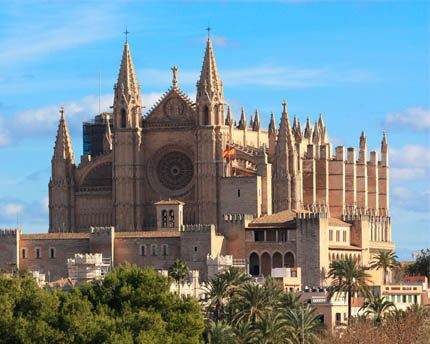
Why Visit: This Gothic masterpiece took 400 years to complete and houses one of the world's largest rose windows, casting rainbow light across medieval stones.
La Seu dominates Palma's skyline with flying buttresses that seem to defy Mediterranean gravity. The cathedral's unique feature isn't just size - it's the only Gothic cathedral built directly over a mosque's footprint. Inside, Gaudí's wrought-iron canopy hovers above the altar like a metallic prayer, while light from the massive rosette transforms the nave into a kaleidoscope every morning.
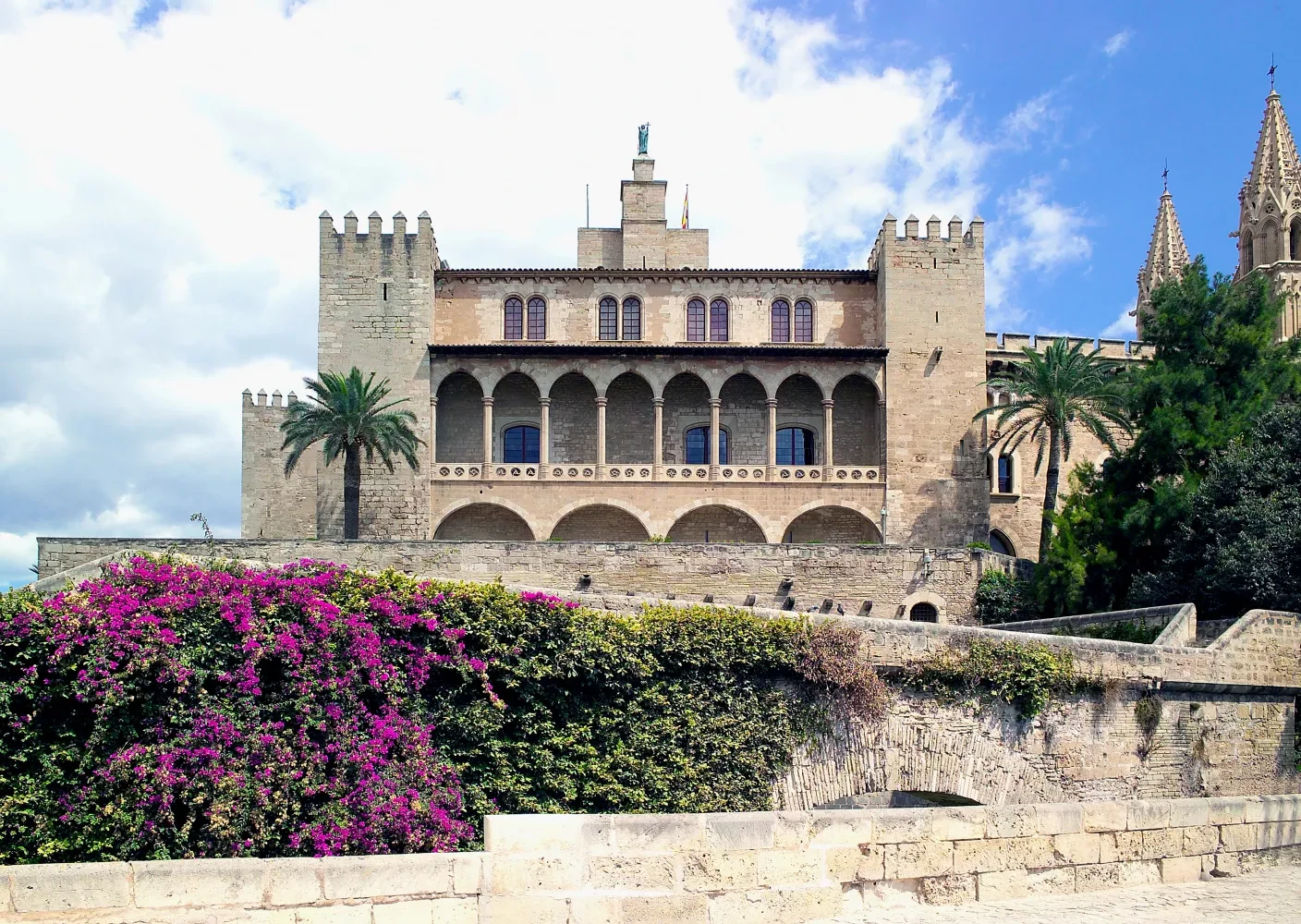
Ever Wondered: How does a 10th-century Moorish fortress become a Spanish royal residence while keeping its Islamic soul?
The Almudaina seamlessly blends Christian conquest with Moorish craftsmanship, creating architecture that tells Mallorca's complex story. Original Islamic arches frame royal portraits, while Mudéjar ceilings showcase geometric patterns that Catholic kings couldn't bring themselves to destroy. The palace gardens still follow the Islamic tradition of creating paradise on earth through water and shade.
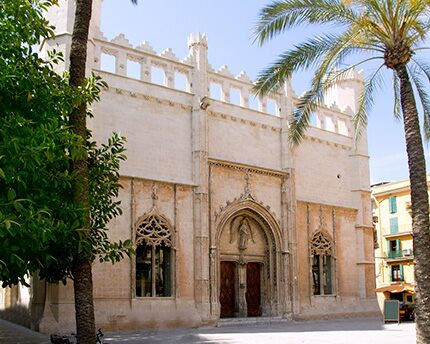
Local Secret: This 15th-century trading hall survived centuries as Palma's economic heart, then became an art gallery where locals still argue about modern installations.
Built when Mallorca controlled Mediterranean trade routes, the Llotja's twisted columns resembled ship masts - a deliberate nod to the island's maritime wealth. Merchants once shouted commodity prices under these soaring Gothic arches. Today's art exhibitions seem oddly fitting in a space designed for cultural and commercial exchange.
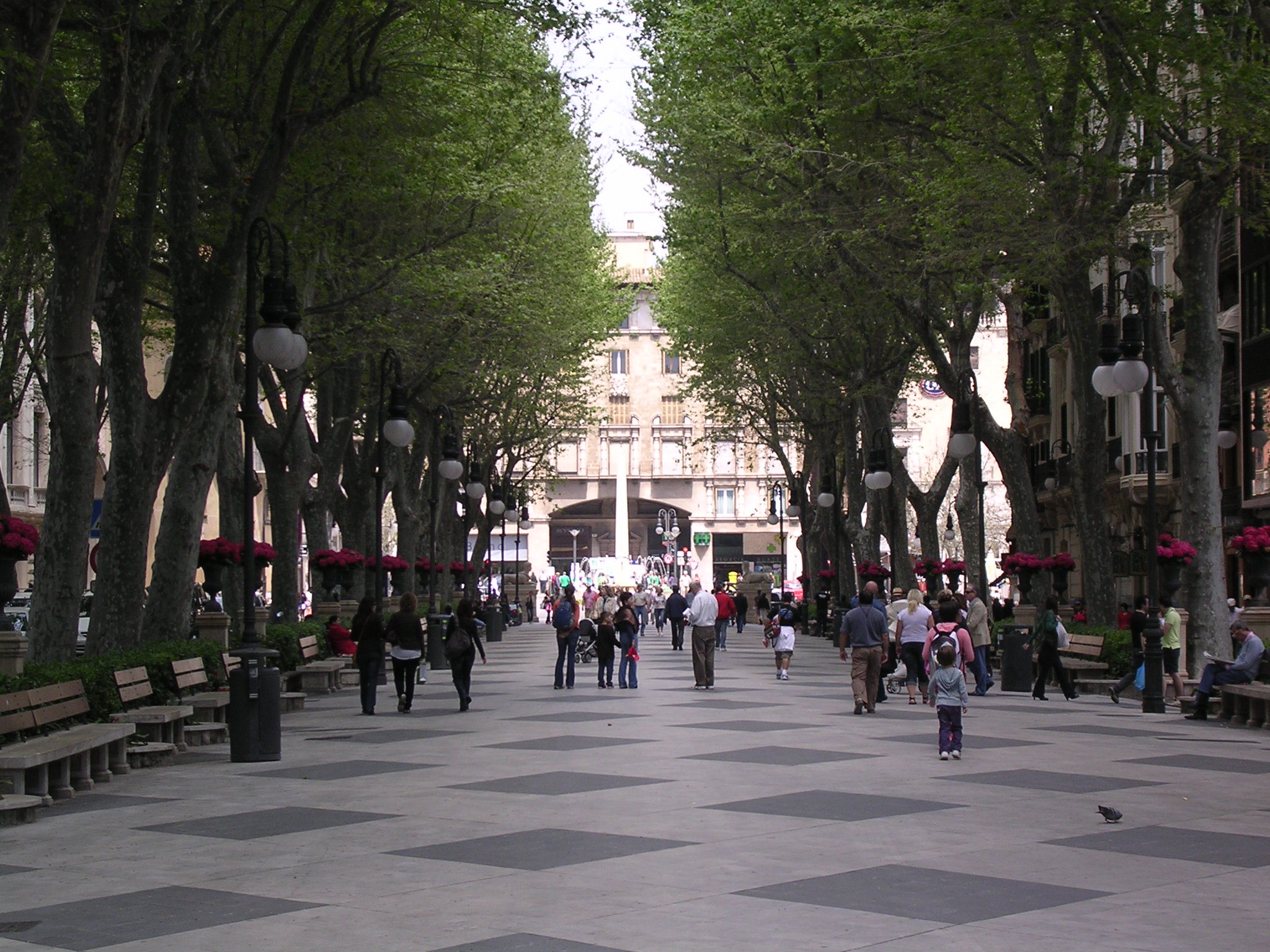
What You'll Find: Palma's most elegant boulevard, where aristocrats once paraded and modern locals still gather for the evening paseo ritual.
This tree-lined promenade connects old Palma to the sea, following the route of a former riverbed. The Born witnessed medieval tournaments, Inquisition processions, and Franco-era demonstrations. Now café terraces occupy ground where nobles once displayed their wealth, and the evening stroll remains as sacred to Palmesans as morning coffee.
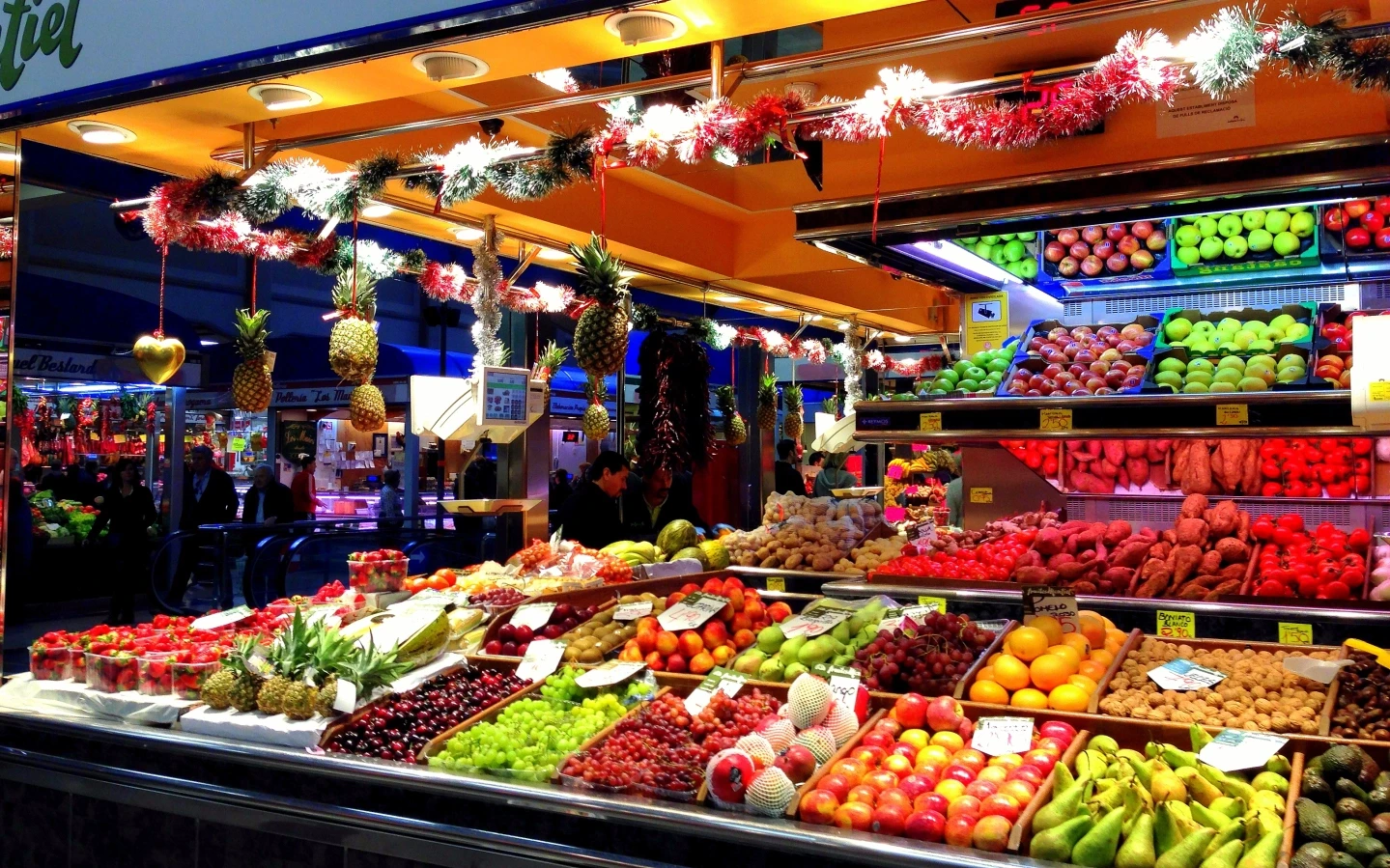
The Story Behind: This 1951 market hall replaced a centuries-old olive grove, keeping the Mediterranean diet alive in modern Palma's heart.
Local vendors sell the same products their grandparents traded - Mallorca's famous sobrasada, island salt, and seafood caught in surrounding waters. The market's modernist architecture surprised locals who expected something more traditional, but the building's clean lines perfectly frame the chaos of authentic Mediterranean commerce. Self guided tour Palma reveals how this market connects island tradition with contemporary life.

Back in 1823: This elegant square rose from the ashes of the Spanish Inquisition headquarters, transforming a symbol of oppression into Palma's social center.
The Inquisition tribunal operated here for three centuries before locals demolished it after Napoleon's defeat. The current colonnade was built deliberately cheerful - yellow facades and open arches to banish dark memories. Weekend craft markets now fill the space where religious trials once condemned people, completing the square's transformation from fear to celebration.